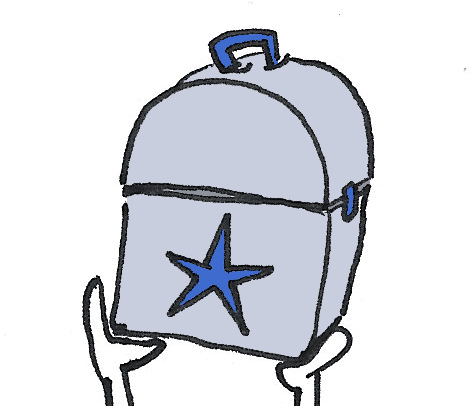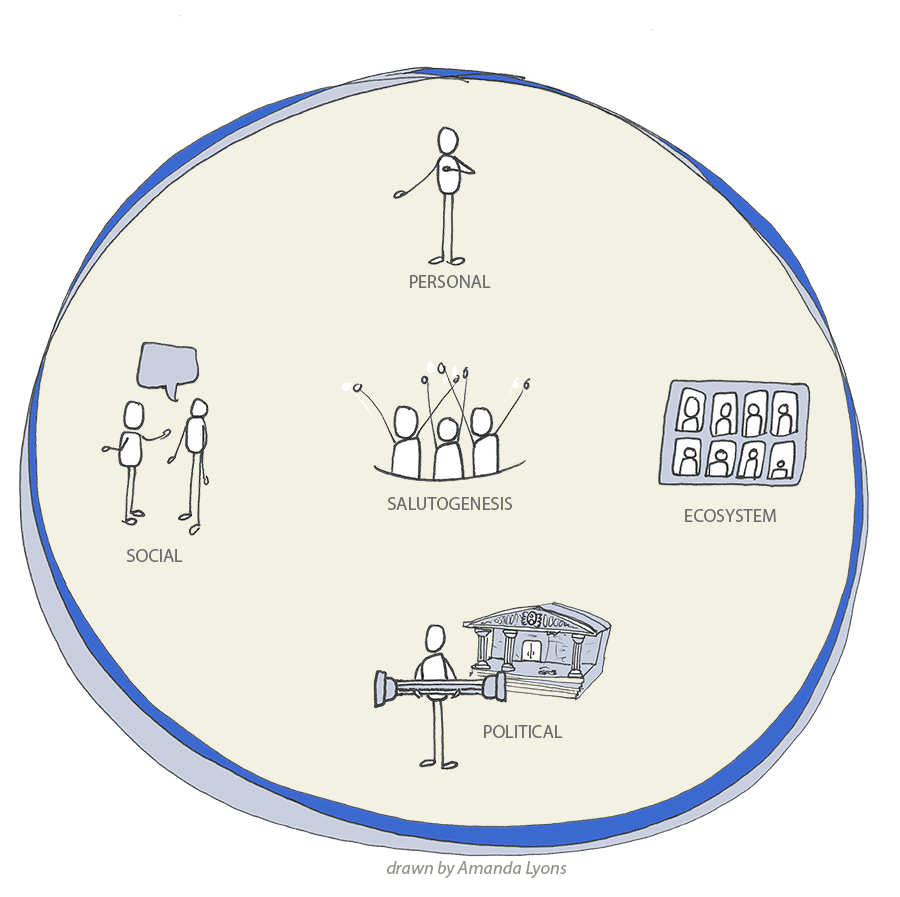Why Optimal Pain Management?
Protection from and relief of pain and suffering are a fundamental feature of the human contract we make as parents, partners, children, family, friends, and community members, as well as a cardinal underpinning of the art and science of healing. Pain is part of the human condition; at some point, for short or long periods of time, we all experience pain and suffer its consequences. While pain can serve as a warning to protect us from further harm, it also can contribute to severe and even relentless suffering, surpassing its underlying cause to become a disease in its own domains and dimensions. We all may share common accountings of pain, but in reality, our experiences with pain are deeply personal, filtered through the lens of our unique biology, the society and community in which we were born and live, the personalities and styles of coping we have developed, and the manner in which our life journey has been enjoined with health and disease.
The Goal of Optimal Pain Managment?
The Optimal Pain Management program’s goal is to create a systematic practical approach that will lead to a “turn key solution” to evaluate, prevent and manage pain. (Safe, Timely, Effective, Efficient Equitable and Patient-centered). The Pain Management program is one of the pillars to address the challenges of Opioid use in general and the role that legitimate medical care contributes to Opioid Use Disorder. Additionally, the program will provide knowledge and tools to facilitate the health professionals working together in a continuous quality improvement process to find a collaborative method to reduce the occurrence, severity, duration, and devastating outcomes of acute and chronic pain.
To develop the tools and strategies to incorporate best practice of pain management into the clinical environment.
Underlying Principles
-
A moral imperative. Effective pain management is a moral imperative, a professional responsibility, and the duty of people in the healing professions.
-
Chronic pain can be a disease in itself. Chronic pain has a distinct pathology, causing changes throughout the nervous system that often worsen over time. It has significant psychological and cognitive correlates and can constitute a serious, separate disease entity.
-
Value of comprehensive treatment. Pain results from a combination of biological, psychological, and social factors and often requires comprehensive approaches to prevention and management.
-
Need for interdisciplinary approaches. Given chronic pain’s diverse effects, interdisciplinary assessment and treatment may produce the best results for people with the most severe and persistent pain problems.
-
Importance of prevention. Chronic pain has such severe impacts on all aspects of the lives of its sufferers that every effort should be made to achieve both primary prevention (e.g., in surgery for a broken hip) and secondary prevention (of the transition from the acute to the chronic state) through early intervention.
-
Wider use of existing knowledge. While there is much more to be learned about pain and its treatment, even existing knowledge is not always used effectively, and thus substantial numbers of people suffer unnecessarily.
-
The conundrum of opioids. The committee recognizes the serious problem of diversion and abuse of opioid drugs, as well as questions about their long-term usefulness. However, the committee believes that when opioids are used as prescribed and appropriately monitored, they can be safe and effective, especially for acute, postoperative, and procedural pain, as well as for patients near the end of life who desire more pain relief.
-
Roles for patients and clinicians. The effectiveness of pain treatments depends greatly on the strength of the clinician–patient relationship; pain treatment is never about the clinician’s intervention alone, but about the clinician and patient (and family) working together.
-
Value of a public health and community-based approach. Many features of the problem of pain lend themselves to public health approaches—concern about the large number of people affected, disparities in occurrence and treatment, and the goal of prevention cited above. Public health education can help counter the myths, misunderstandings, stereotypes, and stigma that hinder better care.
Our Mission:
-
Frame the complex issues related to pain and related conditions as challenges in a manner that promotes collaboration among varying interest groups and provides and monitors agreed upon measurable outcomes.
-
Provide actionable information and citizen participation and engagement tools to target the complexity of pain use, opioid abuse and overdose.
-
Provide information and tools to assure appropriate medical management of pain in patients who require it,
-
Provide resources and assure access for individuals who require treatment for acute, chronic pain, opioid dependence, abuse and addiction.
-
Identify the local, state and national ecosystem associated with Opioid Use and provide tools for increased transparency and accountability.
-
Enhance the citizen- government interaction and collaboration.
Our Plan:
In order to achieve our vision, the Pain Opioid Epidemic Project will incorporate a number of elements that address the complexity of the challenge of pain and its management, opioid use and abuse, thereby preventing overdoses and addressing the legal and criminal justice issues associated with drug use. We use behavioral economic principles, digital technology, political insights, crowdsourcing and principles of solution journalism in our effort.
Our multi phase plan includes meaningful information and tools for crowdsourcing citizen participation in the policy discussion, implementation and accountability of stakeholders.
Phase One: Overview for addressing pain in the clinical setting
The Pain Opioid Epidemic Case Presentation provides a framework for action oriented collaborative process that addresses the complexity of the challenge. The Case Presentation will provide relevant and reliable background information about the problem and frame it in a manner that contributes to solving the problems. The Case Presentation includes The Opioid- Pain Review of Systems exploring the various stakeholders, relevant data, and assessment of the problem and treatment plan.
Phase Two: The County Based approach to pain
We provide an easy-to-use platform that can be used by local entities to assist in their efforts to provide solutions to the opioid related problems. The platform includes best practice information, process and related resources to provide services and link to providers at the local level. The Opioid Epidemic Project and Case Presentation websites are focused on cities, neighborhoods, counties and other local entities. Entities interested in "duplicating" and customizing the websites for their local environment can contact Citizens4health.
The Website for our first local site, Montgomery County, PA, will be made "Public" March , 2019.
Phase Three: Best Practice, Evidence-based Inventory and Database
Developing and updating evidence-based inventory of clinical, social, legal and public policy materials and process related to the our vision. We start with focusing on pain to be followed by Opioid Use Conditions, Overdose Prevention and addressing "the drug war".
Phase Four: Taking Personal, Social and Political Action
Providing individual-facing Personal Health Manager for personal engagement for individuals suffering with pain and opioid addiction. Social and political tools to engage with stakeholders locally and nationally.
Phase Five: Real Time Monitoring the Opioid Epidemic and its Consequences
Ongoing collection and analysis of population and individual data associated with the prevelance and treatment of pain conditions. The data will feature The Pain Opioid Epidemic Case Presentation Progress Notes and occasional Clinical Case Conference focusing on individual situation.
Our Team:
Our team includes individuals and organizations from the many areas that impact the opiate epidemic. We look forward to expand our team and are interested in citizens motivated by our vision to join our efforts.
Our Advisors:
Our advisors will include individuals, groups and organizations from academia, government, social service agencies, media, and the private sector. A list individuals and groups will be available shortly.
Website Overview:
The Pain Opioid Epidemic Project Web site is the central public facing aspect of the Project. The website is divided into sections that coincide with the overall mission of the project and include the following:
Our plan is to provide actionable relevant general and more specific information that can help the stakeholders in the Pain- Opioid ecosystem, including individuals and communities.









